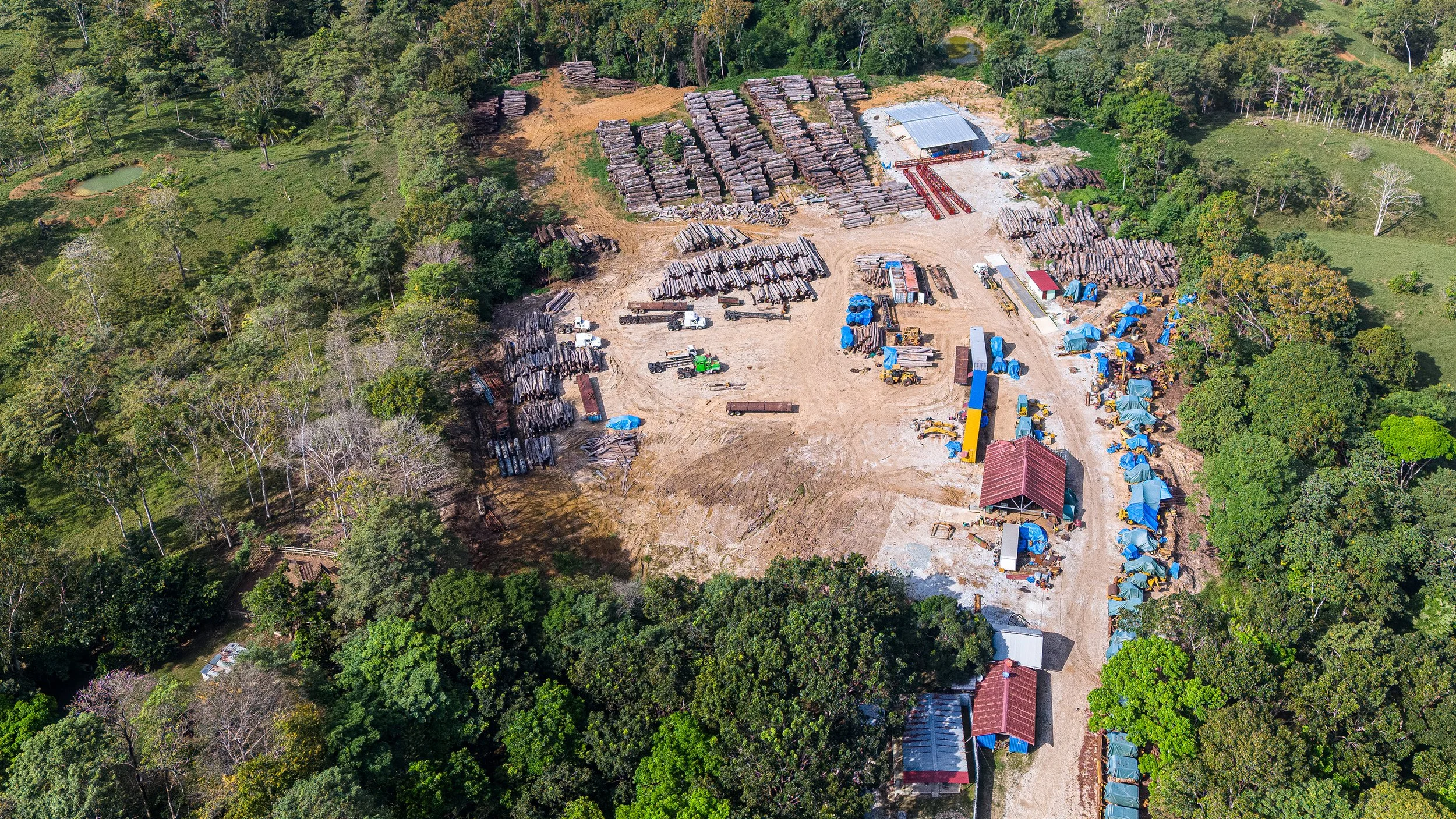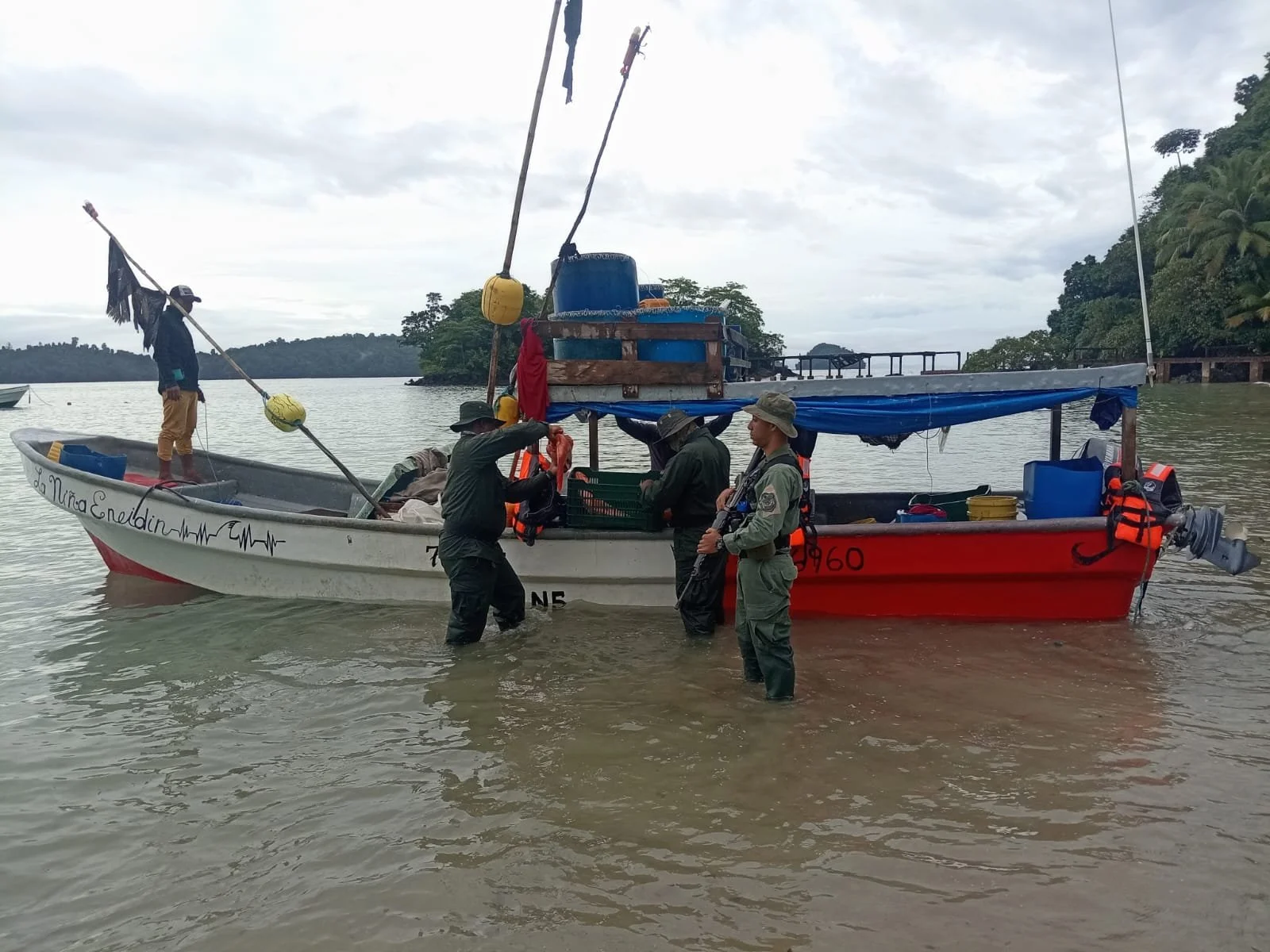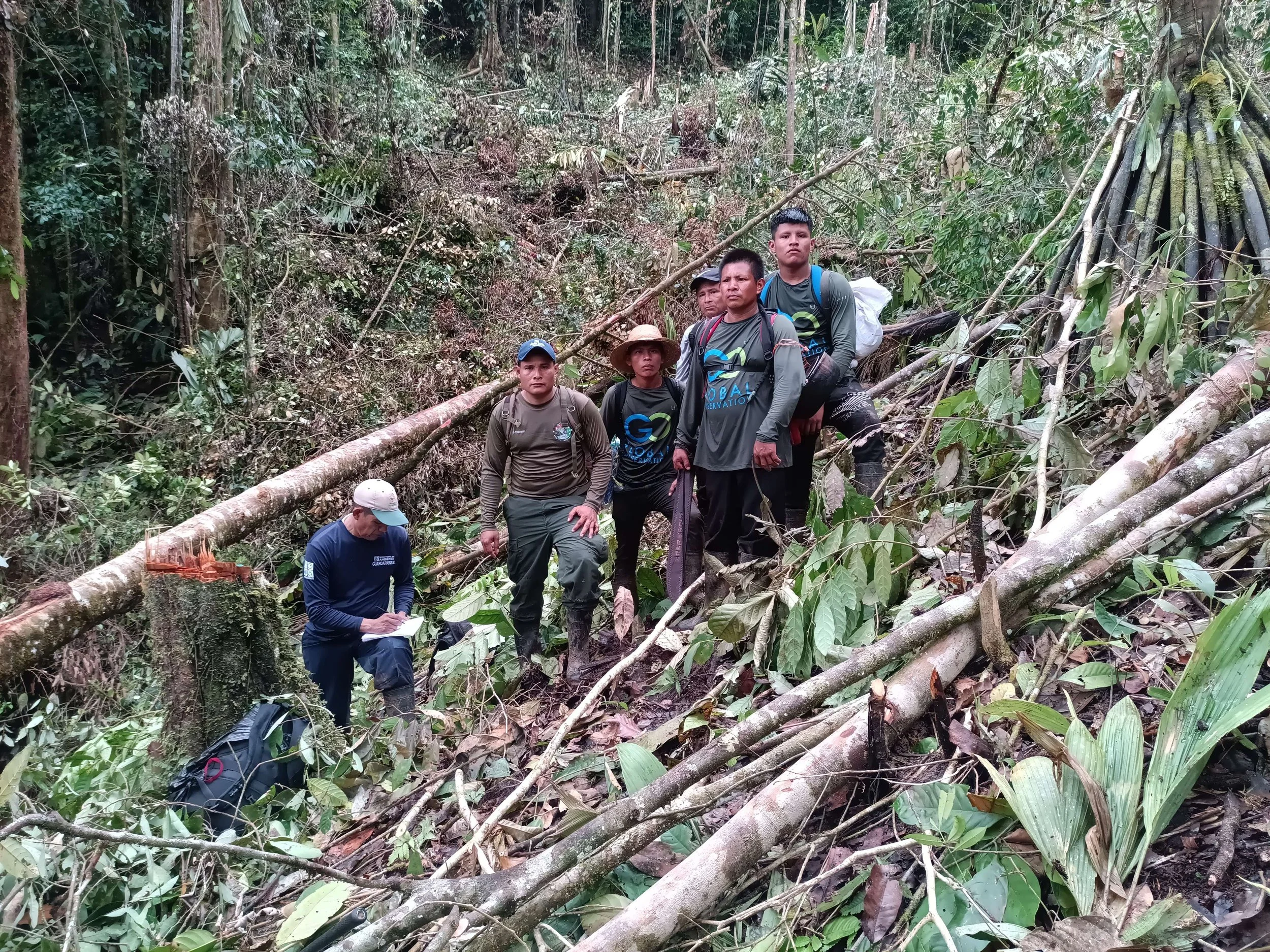GC Featured in NEWSWEEK: Saving the World's Rainforests Isn't Rocket Science. Here's How to Do It | Opinion
Written by GC’s Jeff Morgan and Panama’s Minister of the Environment Juan Carlos NavarroSections of the Darien jungle are deforested by Chinese logging companies, like this one, among others.
Photo ©Joshua Asel
As diplomats and activists scramble to secure hotel rooms in Belém, Brazil, for the next U.N. COP30 in the Brazilian Amazon, one of the biggest problems our planet faces is how to protect the world's last remaining rainforests—nature's most powerful climate solution.
Despite the 29 previous COPs, attended by thousands of scientists, politicians, and activists, forests are still being destroyed at an ever-increasing rate, lost to massive cattle ranching, palm oil, illegal logging, mining, land grabs, and man-made fires, which are ravaging the Amazon, Congo, and everywhere in between.
Darien National Park. Photo ©Joshua Asel
Tropical rainforests are the cradle of life on Earth—and the world's lungs. By converting carbon dioxide to oxygen on a massive scale, rainforest conservation should be at the forefront of action to save our planet from climate change and ecological collapse. While international conservation groups can play a supporting role, it is national governments who must take responsibility for protecting our last pristine forests and marine ecosystems.
Fancy billion-dollar carbon capture machines, or "breakthrough" technologies for climate mitigation, or reforestation with billions of young trees, will never come close to the power of old-growth tropical rainforests to protect biodiversity and simultaneously provide the oxygen the planet and humans need to survive.
The destruction of the Amazon and Congo, this year at its highest level in decades, and the rapid loss of Southeast Asia's rainforests are pushing the limits of our planet's ability to survive in the face of rising oceans, global warming, catastrophic extinction events, desertification, and unsustainable urban development and land use.
Cattle graze in artificial grasslands created by deforestation. The grass itself is an invasive species.
Photo ©shutterstock.com
Very few developing countries are fighting back successfully and showing us that we can indeed save our rainforests. Despite supposedly unstoppable global forces—such as demand for hamburgers or chocolate spread—a few nations have stopped the burning, protected their rainforests, and are now busy increasing their size. One small but proud nation, Panama, shows how it can be done.
It starts, inevitably, with political will. In Panama's case, this is the recently elected government of President José Raúl Mulino. Since being elected into office last year, Panama's government has undertaken unprecedented steps to protect the country's rainforests, wildlife, and marine ecosystems.
Do you appreciate our work? Please support our global anti-poaching efforts!
Steps taken by Panama in the past year include enacting a province-wide illegal logging moratorium in Darien to stop anarchic cutting and clearing of tropical rainforests until a new permitting system is deployed, while hiring, equipping, and training 240 new national park rangers with the trucks, boats, and equipment they need—with an additional 50 rangers on the way.
Panama has also made use of new technologies like satellite monitoring, marine radars, cellular trail cameras, and systems like EarthRanger and Skylight to increase the effectiveness of terrestrial and marine reserve protection.
A view from the heart of the Naso Conmarca territory. Photo ©Joshua Asel
A large effort is underway to support Indigenous communities like the Naso Kingdom to protect their 400,000-hectare Comarca. Also, nature and ecotourism are now leading strategies for the country's sustainable development.
Another critical policy response focuses on the government itself. Panama has restructured the Environment Ministry to remove ineffective officials and return to the field and build awareness to motivate Panamanians to protect their natural treasures.
In addition to rainforest protection, Panama is protecting the Eastern Tropical Pacific Marine Corridor (CMAR), one of the world's largest marine reserves. By using satellites to monitor this vast area, 16 illegal fishing boats were interdicted last month in the Cordillera de Coiba Marine Protected Area, the largest bust in the country's history.
Unlike other governments dependent on international aid from the U.S. and Europe, Panama is leading by financing nature protection from its own government budget. Outside help comes as critical co-investment, not handouts creating more dependency.
Global Conservation is assisting Panama by supporting advanced protection systems and training for the country's largest national parks—Darien, La Amistad, and Coiba—and the Naso indigenous territory, some of the most important forests and marine ecosystems in Mesoamerica.
In the most recent visit to Panama in Coiba, GC donates new gear, in addition to providing anti-poaching training.
This year, Global Conservation assisted Darien National Park to train 25 new rangers and helped 28 rangers at Coiba National Marine Park to inaugurate and deploy a powerful Marine Radar system, installed to identify and interdict illegal fishing within the marine reserve.
While Panama still faces tremendous conservation challenges, it's well on its way to meeting these challenges head-on and solving them.
Taking concrete steps to protect the forest and securing real budgets for enforcement is something akin to a revolution in nature protection. In most developing countries in which Global Conservation works, the typical story involves a handful of rangers, with little more than a broken-down truck or boat, struggling heroically but in vain to protect the parks from unscrupulous logging syndicates and thousands of miners, without any training, zero political support, and no resources.
While diplomats and officials prepare to travel to Belém for two weeks of climate discussions, which typically progress at a glacial speed during COPs, other nations must demonstrate how to achieve results right now.
The Panama Solution is an example of the way forward for immediate, effective, and much-needed rainforest and marine protection by a small developing nation, which is replicable in almost any country in the world. The time is now to be bold and to protect our forests and seas—our greatest nature-based solution to solve the climate crisis.















